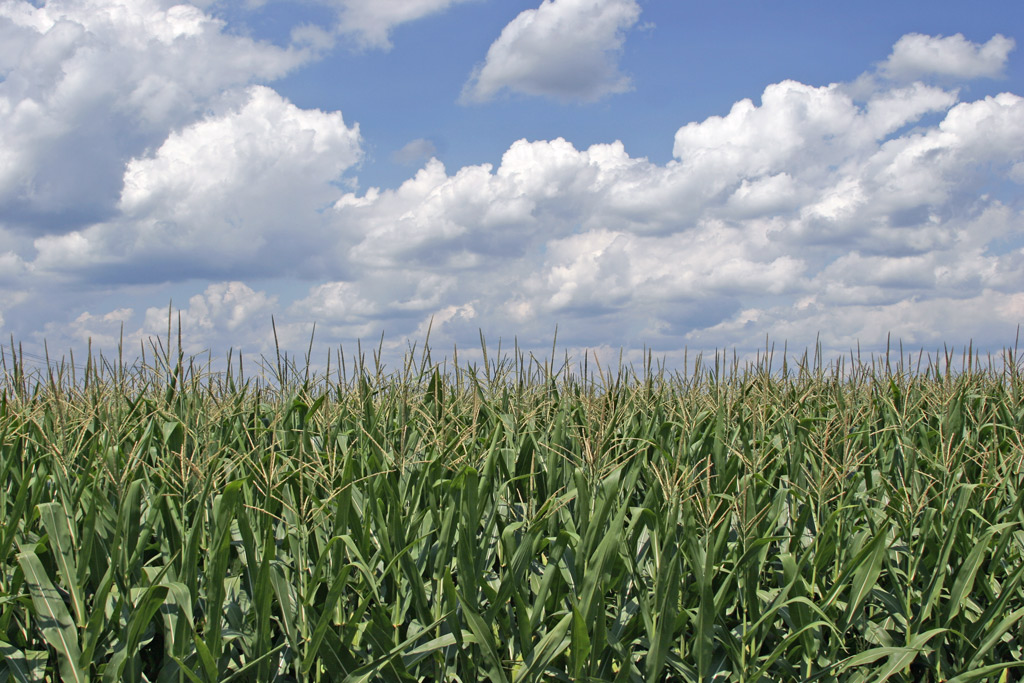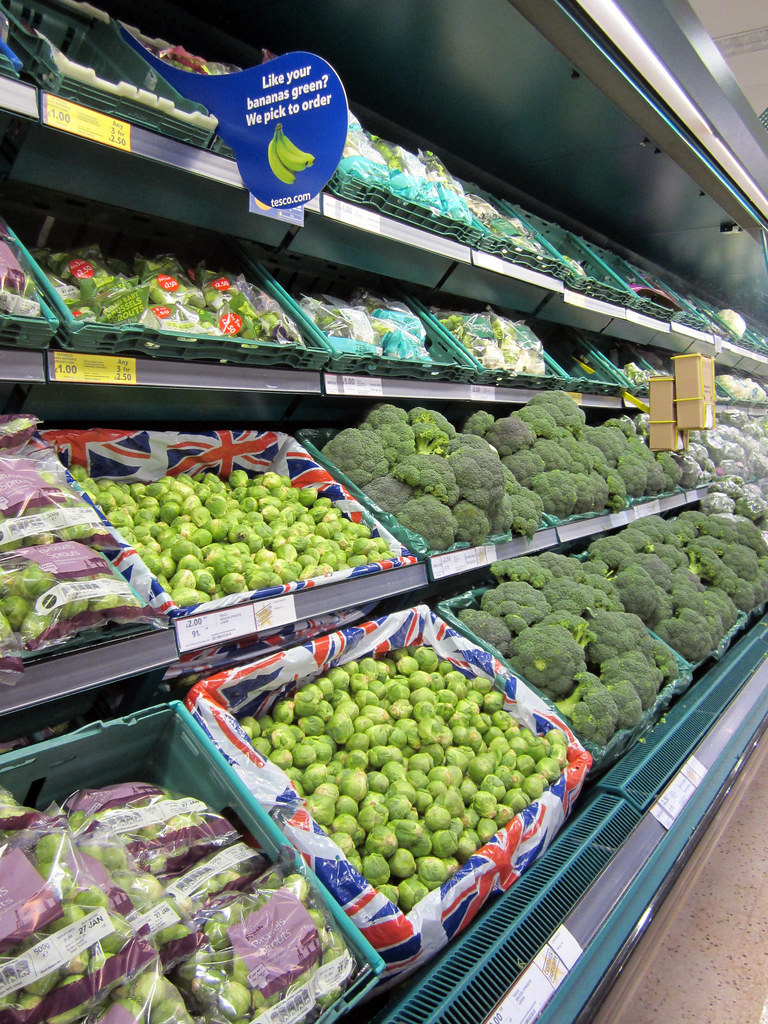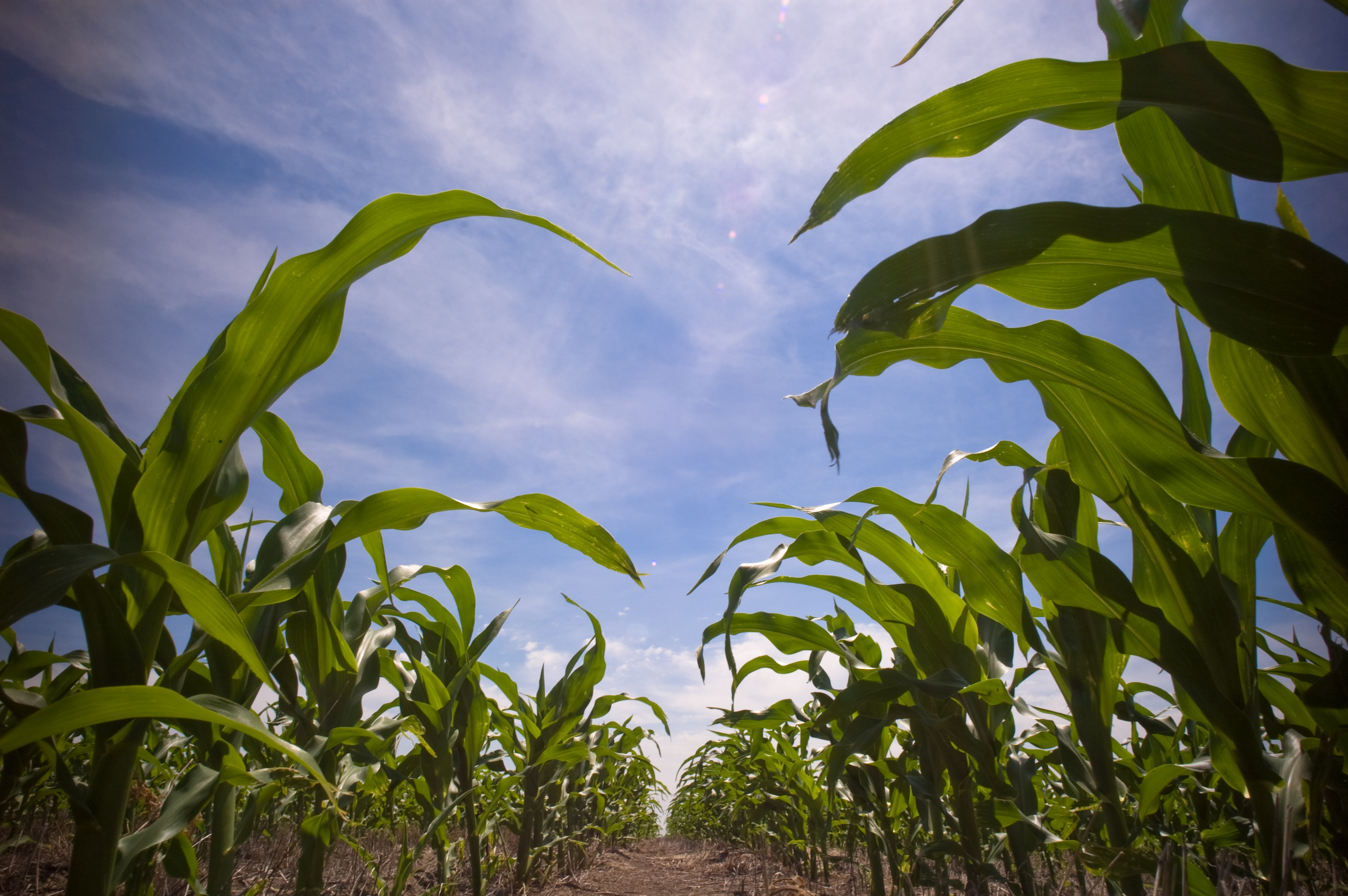May 2013
 |
| Corn growing in Ohio by Graylight (Flickr) [CC-BY-2.0 (http://creativecommons.org/licenses/by/2.0)] via Wikimedia Commons |
The results of a unique US agronomic
study have been released. Two different commercial maize crops grown
in fields with different management histories were tested for
composition. One crop was a GM herbicide-tolerant variety in a
no-till field treated with glyphosate (Roundup) for the past 10
years. The other was a conventional variety in a field which hadn't
been sprayed with Roundup during the previous 5 years. The two
fields were separated by a fence. Environmental stresses on the
crops were not unusually high that year.
Compositional analysis was by the 'gold
standard' technique of chromatographic separation followed by mass
spectrometry to identify the components. (Note that such analysis
identifies specific substances, not the broad nutrient categories
routinely used to assess the animal feeding value of crops.)
As expected, the GM
crops had accumulated glyphosate levels equal to the recently set US
maximum residue level. Also as expected (because glyphosate is known
to bind to certain substances making them unavailable) the GM crop
had lower levels of essential mineral nutrients.
Because the two
crops were genetically different cultivars, it would be unlikely for
their nutrient to be the same. However, the extent of the difference
was extreme: with one single exception out of the fourteen minerals
measured, the conventional maize had levels six to four-hundred times
higher than the GM crop.
Even more
unexpected was the discovery of high readings of formaldehyde in the
GM maize. None was detected in the conventional one.


_(washDA0093).jpg)
